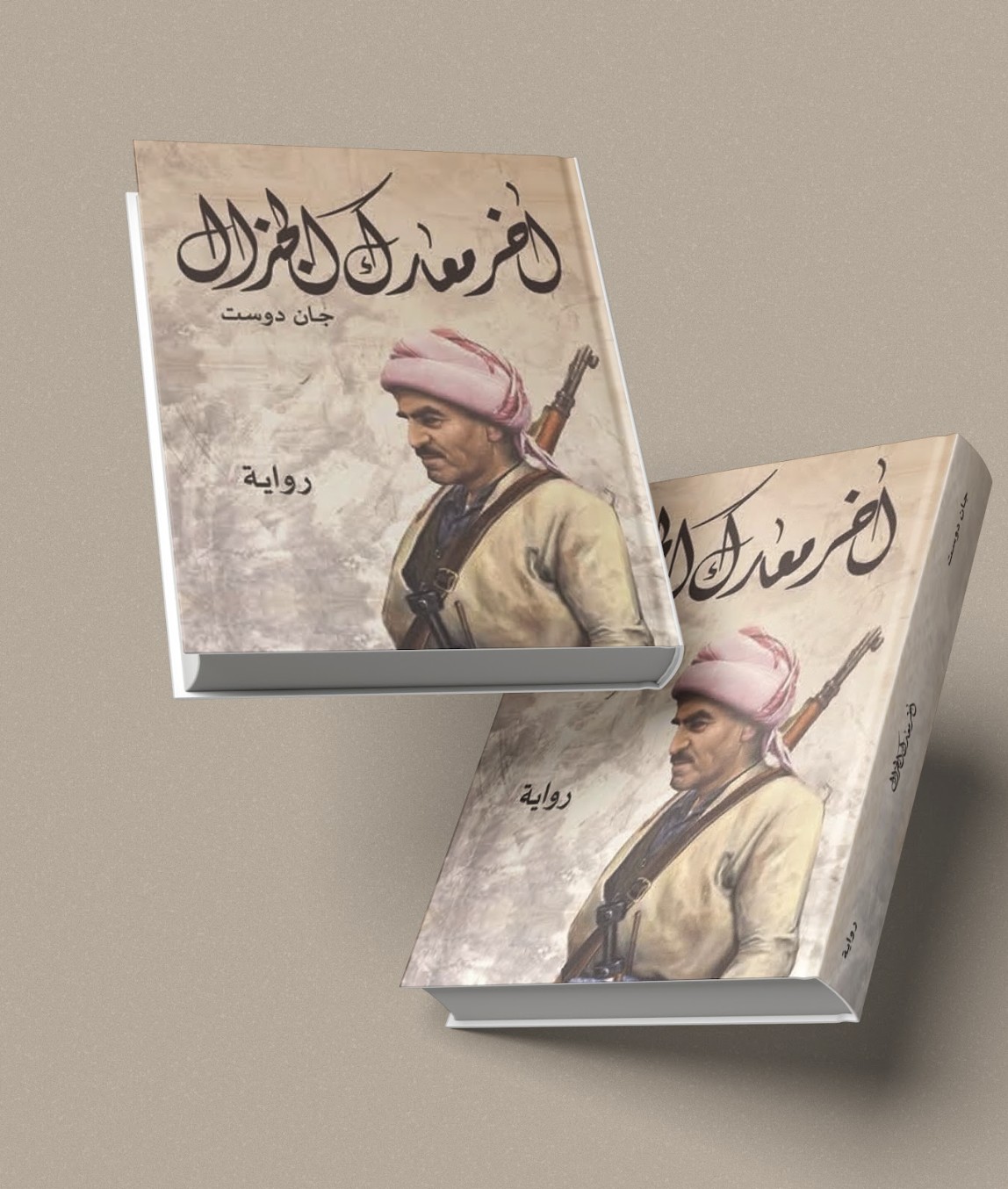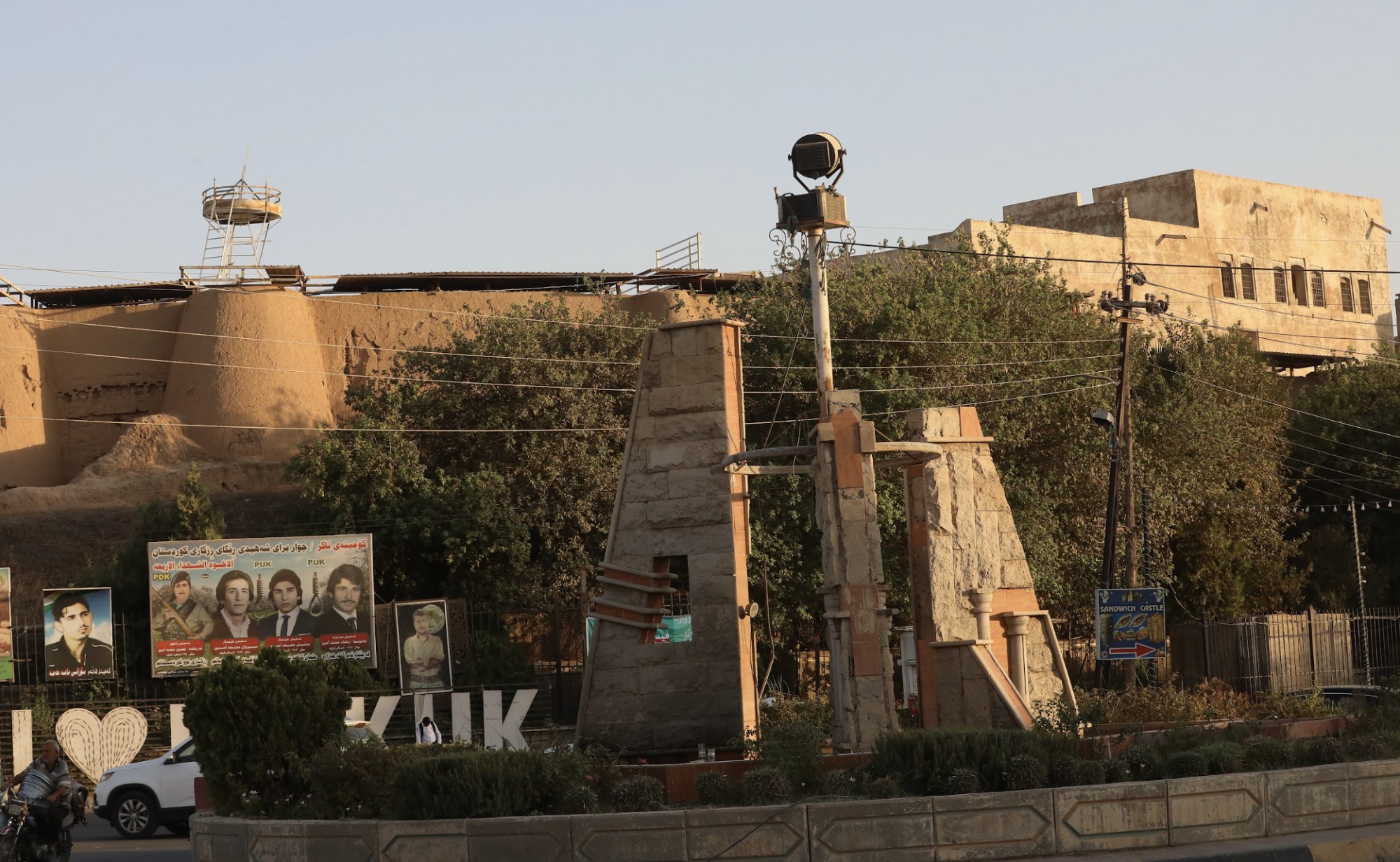In the chaos of our modern world, where news headlines broadcast incessant images of global strife and turmoil, it is heartening to discover a publication that brings to light the rich, multifaceted tapestry of a unique part of the world: the Kurdistan Region of Iraq. This issue of Kurdistan Chronicle, our seventh, delivers another set of articles that illuminate the region's profound history, its vibrant culture, and the indomitable spirit of its people.
At the center of this edition, we are reminded of the enduring strength and determination of the region’s people through the solemn commemoration of the Ninth Yezidi genocide perpetrated at the hands of ISIS. This tragic chapter reminds us of the unspeakable atrocities that can still be committed against minority communities, and Kurdistan Chronicle's comprehensive coverage of this commemoration seeks to honor the memory of the victims and shine a spotlight on how the Yezidi community is moving forward on their journey toward healing and justice.
Continuing in the political realm, Béatrice Dillies confronts the enduring intentionality behind genocides against the Kurdish people in the postwar Middle East, reminding the world of the suffering that the Kurds have endured and underscoring the urgency of making sure these tragic events are prevented from reoccurring. Michael Arizanti poignantly outlines the differences between the peshmerga and other Kurdish armed groups, arguing that the peshmerga have garnered international recognition as a steadfast ally of the United States and other Western partners for the past three decades.
On the cultural and historical front, Sardar Sattar pens a captivating narrative about the Jerwan aqueduct, bringing to life the forgotten legacy of one of humanity's earliest achievements in water management, while Shanaz Jamal shares details of how she crafted a robe for His Holiness Pope Francis during his visit to the Kurdistan Region and her plans for future fashion diplomacy. Other writers take the reader on fascinating journeys through topics ranging from landmine removal and the last known women’s hammam in Sulaymaniyah to budding Kurdish enterprises and entrepreneurs working in agriculture, education, and media.
Enlightening interviews also provide readers with unique, in-depth perspectives about Kurdistan's history, culture, literature, and archaeology. The distinctive quality of Kurdistan Chronicle shines through in these explorations, as we gain intimate insight into the lives and creative minds of musicians and artists who have carved out unique niches in the ever-evolving realms of art, culture, and society.
We are proud and humbled that Kurdistan Chronicle has firmly established itself as the quintessential resource for readers across the globe seeking to discover more about the region and are thrilled by the remarkable growth in our readership. In an era overwhelmingly dominated by digital media, the soaring demand for print copies of the magazine is a testament to the publication's commitment to quality and authenticity, and an indication of the global thirst for a deeper comprehension of Kurdistan.
Dr. Nahro Zagros is the Editor-in-Chief of Kurdistan Chronicle.

